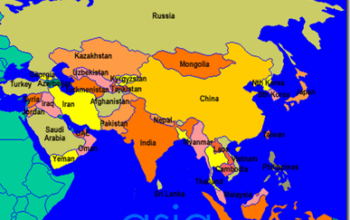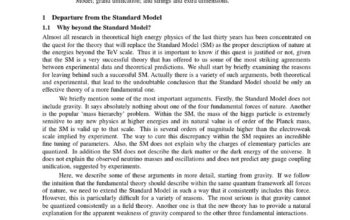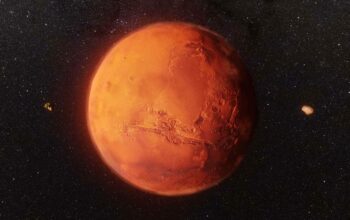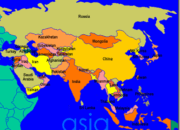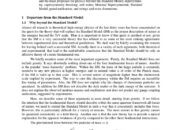The cosmic ray theory of climate change, which posits a direct correlation between cosmic rays and terrestrial weather patterns, has remained a subject of contentious debate in the realm of atmospheric science. Despite its occasional resurgence in popular discourse, recent analyses reaffirm that it often receives the cold shoulder from the predominant scientific community. Why, then, does this theory continue to provoke intrigue? Might it not represent a challenge to the established paradigms of climate science?
To explore this, one must first understand the fundamentals of cosmic rays. These are high-energy particles that traverse the galaxy, originating primarily from supernovae and other cosmic phenomena. Upon entering Earth’s atmosphere, some of these particles collide with atmospheric atoms, resulting in secondary particles that can potentially influence cloud formation. The theory proposes that increased cosmic ray activity, often associated with solar cycles, can lead to variations in cloud cover and, subsequently, climate change.
At the crux of this theory is a captivating hypothesis: could fluctuations in cosmic ray intensity, regulated by solar activity, significantly affect Earth’s climate systems? Advocates argue that a surge in cosmic rays corresponds with heightened cloud nucleation, which could amplify cooling effects, especially during certain epochs. Conversely, when cosmic ray levels diminish, a purported increase in solar radiation could ostensibly contribute to a warming trend. This dialectic suggests a potential mechanism through which cosmic rays may modulate climatic fluctuations, but has it withstood rigorous scientific scrutiny?
Despite its intuitive appeal, the cosmic ray theory faces significant empirical and theoretical challenges. Firstly, while some studies have tentatively correlated cosmic ray flux with cloud cover, comprehensive evidence remains elusive. The mechanism by which cosmic rays influence cloud nucleation is not yet fully elucidated. Numerous variables play a role in weather patterns, including greenhouse gases, aerosols, and ocean currents. Entangled within this complex web, cosmic rays appear to account for a mere fraction of climate variability.
Moreover, climate models that incorporate cosmic ray variability often fail to replicate historical climate data effectively. While these models aim to simulate climate responses under various scenarios, they tend to yield discrepancies when tested against actual climatic events. The more mainstream interpretation attributes climate change primarily to anthropogenic factors, largely driven by carbon emissions and land use changes. In this light, the cosmic ray hypothesis is seen as a distraction from the urgent need for climate action.
To deepen the intrigue, one must consider the historical context of the cosmic ray hypothesis. The roots of this theory can be traced back to earlier conflations of solar activity and climate phenomena. In the 20th century, scientists observed a correlation between sunspot activity—which affects cosmic ray flux—and temperature anomalies. These observations eventually fed into discussions about cosmic rays’ potential role in climate dynamics. Nevertheless, as research progressed and methodologies improved, the pre-eminence of anthropogenic forced changes was increasingly validated.
The discourse surrounding the cosmic ray theory poses a fascinating question: Is our obsession with singular causality in climate science a missed opportunity for holistic understanding? The interplay between various factors that influence Earth’s climate is intricate and enigmatic. While the cosmic ray theory has been largely discounted, the persistently curious mind might wonder—could further explorations into cosmic rays yield valuable insights into atmospheric dynamics, even if they don’t herald a paradigm shift?
Another aspect to consider is the public’s perception of cosmic ray theories. Media portrayals often sensationalize scientific concepts, leading to exaggerated interpretations that obscure the nuanced realities of climate science. The allure of a mysterious cosmic force influencing terrestrial phenomena is profound, especially in a sociopolitical landscape where climate change discussions are fraught with tension and divergence. This dynamic complicates the dissemination of scientific consensus and understanding among the lay populace, who may gravitate towards more straightforward narratives, irrespective of scientific rigor.
Furthermore, it is essential to recognize that science is not a linear progression but rather an iterative process. The evolution of ideas, even those subject to criticism, contributes to the broader intellectual tapestry of a discipline. Cosmic rays and their potential impact on climate represent a stepping stone in our ongoing quest for knowledge. While the theory may be rendered obsolete by prevailing evidence, the inquiries it inspires can yield unforeseen benefits, such as refining climate models or fostering interdisciplinary collaboration.
In the end, as the scientific community continues to grapple with the complexities of climate change, the cosmic ray theory serves as a reminder of the importance of skepticism, rigour, and open-minded exploration. While the theory may receive the cold shoulder from many quarters, the spirit of inquiry it embodies endures. To what extent should we entertain unconventional hypotheses? Are we overlooking valuable perspectives if we dismiss them summarily? These questions linger, challenging future generations of scientists to balance open inquiry with empirical validation. Only time will reveal whether the cosmic rays are a mere sideshow in the grand opera of climate science, or whether they contain cryptic truths waiting to be unraveled.


